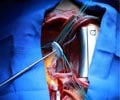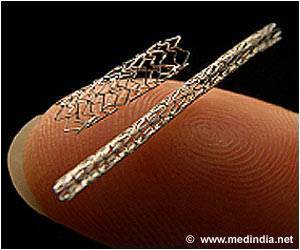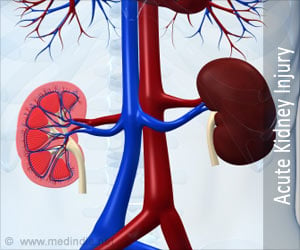A minimally invasive transcatheter procedure currently reserved for patients too frail to undergo surgery may in fact be a safe and effective alternative for healthier patients.

TOP INSIGHT
The study’s findings show that TAVR is safe and effective in patients who are at low-risk for surgical aortic valve replacement.
"Given the low mortality and stroke incidence with aortic-valve surgery in relatively young, healthy patients, of TAVR at low surgical risk requires compelling demonstration of safety and effectiveness," said Popma, Director of Interventional Cardiology Clinical Services at BIDMC and Professor of Medicine at Harvard Medical School. "Further research is needed, but our study provides strong evidence that TAVR is a safe and effective therapy in patients at low risk for surgical aortic valve replacement 24 months after the procedure."
"Our surgeons performed aortic valve surgery with the highest quality, but even with excellent surgery, TAVR performed slightly better in a number of important endpoints that are relevant to patients, such as disabling stroke," added Popma. "What this means for our patients is that they will be able to make an informed choice about TAVR or surgery that will match their preferences for recovery, long-term valve durability and quality of life. I believe many patients will choose a less invasive approach."
The authors employed a novel Bayesian analytic method that allowed prediction of events rates in all 1400 patients based on the findings of 850 patients who had reached 12 months of follow-up, similar to prior studies from this this study group in intermediate risk patients for surgery. As such, additional conclusions regarding the advantages and disadvantages of TAVR as compared with surgery await long-term clinical and echocardiographic follow-up as all patients reach 24 months after procedure.
"These results, coupled with the results from the balloon-expandable randomized study reported at the same meeting, are truly transformative for our patients," said Roger Laham, MD, co-investigator for the study and Director, Structural Heart Center at BIDMC.
 MEDINDIA
MEDINDIA




 Email
Email






